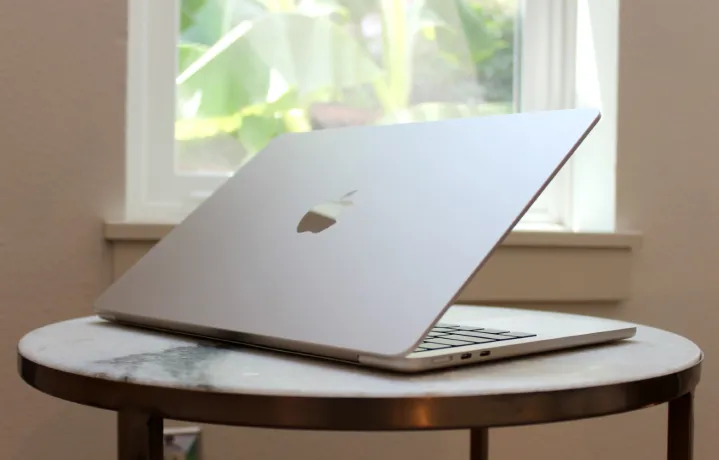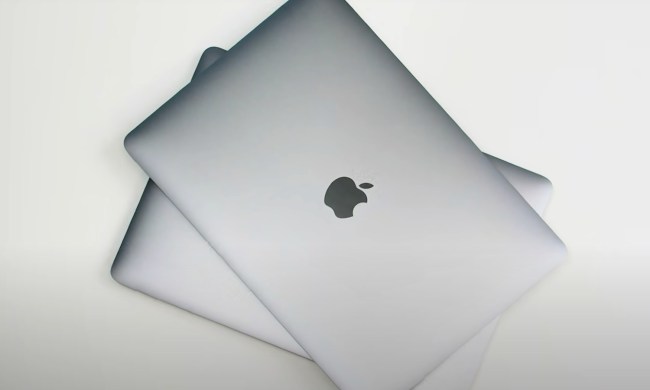Dell and Apple have put out two of the most cutting-edge laptops we’ve seen in a while. The Dell XPS 13 Plus and the M2 MacBook Air both push the boundaries of laptop design but in different ways. Which is more forward-thinking and most worthy of your money?
Having reviewed both devices myself, I’m ready to lay out the positives and negatives of both — and give you my best recommendation for which you should buy.
Design
Both of these laptops are cutting edge in terms of looks and aesthetics. The MacBook Air M2 looks more conventional in that it takes a lot of the design elements from the MacBook Pro 14 and 16-inch and translates them into a smaller size. That includes the notch, the thinner bezels, the rounded corners, and the flat lid.
The XPS 13 Plus takes the XPS brand in an entirely new direction. Most of the hallmarks of the brand are gone, and it’s as adventurous as laptops get. The keyboard stretches from edge to edge, giving it a very modern look. The trackpad, meanwhile, is completely invisible. Like the MacBook Air, it uses a haptic feedback trackpad, meaning there’s no physical click mechanism.
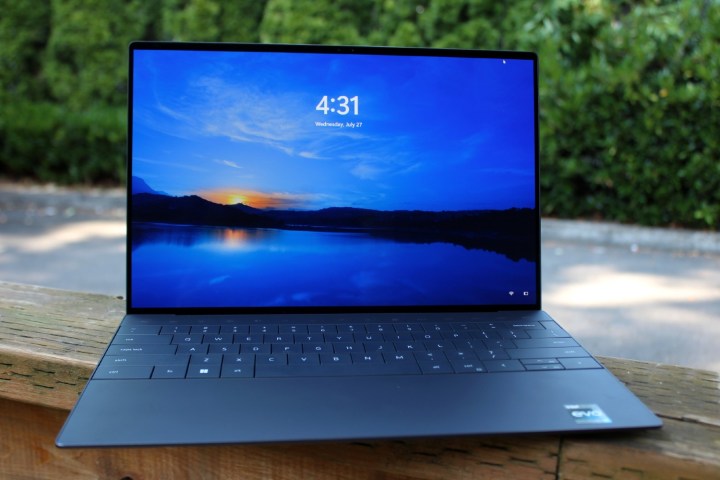
But where the MacBook Air M2 remains a trailblazer is in size. At just 0.44 inches thick, it’s by far the thinnest laptop of this type. The only other laptops that come this close are a couple of premium Chromebooks and some nerfed Windows laptops. Built around the efficiency of the M2 chip, the MacBook Air is able to be incredibly thin without sacrificing performance. On that level alone, it’s a game-changer.
While the XPS 13 Plus is fairly compact in its own right, it’s closer to what you get with the M1 MacBook Air in that regard.
Keyboard and trackpad

These two devices feature some of the best keyboards and trackpads on a laptop you can buy. There’s a lot in common about these pairs of inputs too. They both feature 1mm of key travel in the keyboard and haptic feedback trackpads.
There are two things to consider about the layout of these keyboards, however. First, the MacBook Air includes a row of full-size function keys, as opposed to the half-sized ones on the M1 MacBook Air. They make quick access to brightness or volume control easier than ever. The Dell XPS 13 Plus takes the opposite approach, by replacing the function keys with capacitive touch buttons. Though they didn’t bother me as much as I thought they would, I vastly prefer the physical keys. The light-up buttons certainly look futuristic, though.
Lastly, I really like how large the keycaps are on the XPS 13 Plus. The “edge to edge” design means keys like the Shift and Ctrl keys are extra wide.
Ports
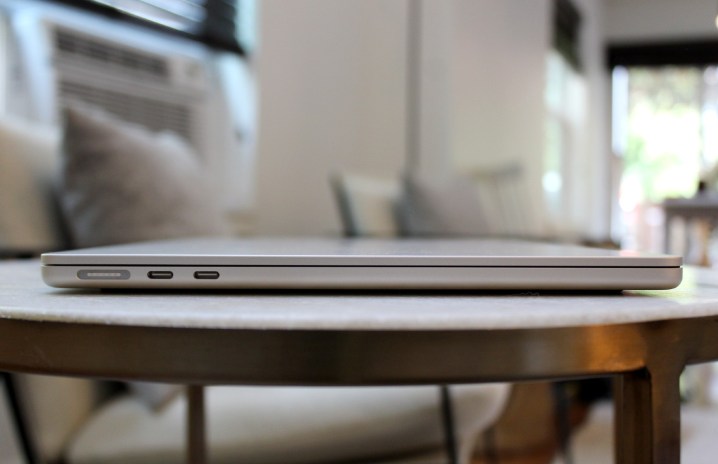
Both laptops are fairly minimalist when it comes to ports. They both rely primarily on USB-C, though there are a couple of important distinctions. First off, both the MacBook Air M2 and the Dell XPS 13 Plus feature two USB-C ports. The MacBook Air keeps both on the left side, while the XPS 13 Plus has one of the left and one on the right. I prefer the XPS 13 Plus in this regard, obviously, just for convenience’s sake.
The XPS 13 Plus has another advantage over the MacBook Air though with the capabilities of these ports. The MacBook Air can still only support a single external monitor up to 4K, whereas the XPS 13 Plus can handle two. That’s fairly important for people looking to dock their laptops and use them as an at-home workstation.
Of course, the MacBook Air M2 also comes with its MagSafe 3 power connector, which can free up one of your USB-C ports for other connections. It also comes with a headphone jack, which the XPS 13 Plus leaves out completely. While Dell throws in a free USB-C adapter in the box, you could find yourself with very limited ports if you’re using one for audio and one for power.
Display and webcam
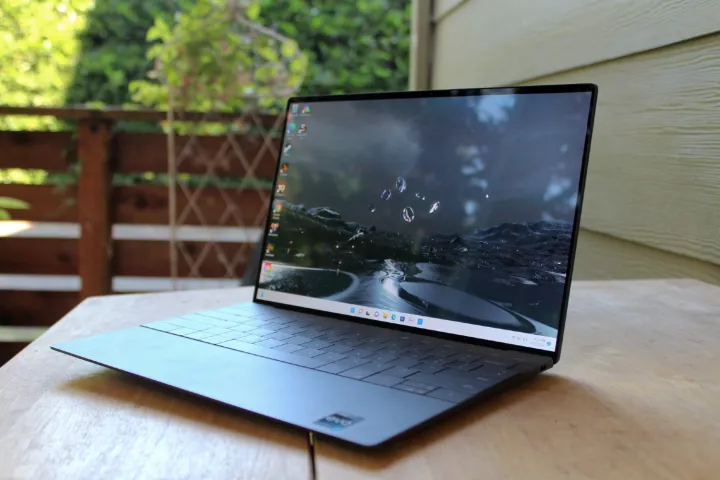
The MacBook Air has just a single display on offer: the 2560 x 1664, 13.6-inch “Liquid Retina” panel. It’s a beautiful screen that goes up to 486 nits of brightness. It doesn’t have the incredible HDR performance of the 14-inch MacBook Pro, but neither does the XPS 13 Plus.
There are many different screen options with the XPS 13 Plus. I tested the 3.5K OLED screen option, which is the best option in terms of image quality. You can also opt for either a lower resolution LED panel or a higher resolution 4K LED configuration. The 3.5K OLED screen isn’t quite as bright as the MacBook Air, but it has better color saturation and accuracy than the MacBook Air. Of course, because it’s OLED, it also has deeper black levels and better contrast.
It’s also a touch panel, which the MacBook Air still does not offer.
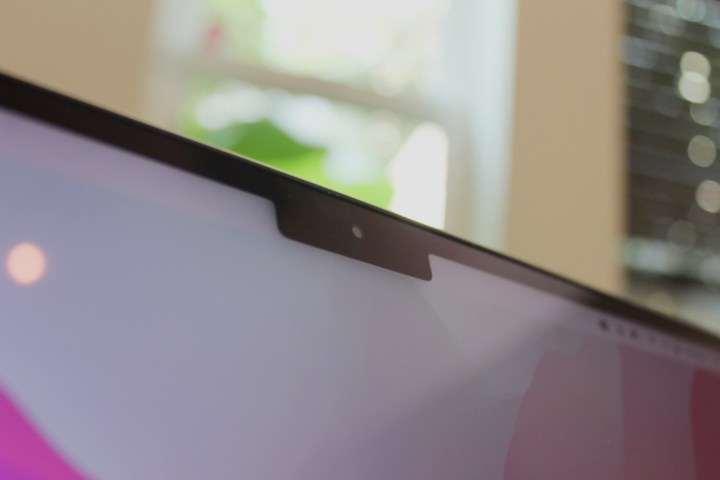
As for webcams, the MacBook Air is the far superior option. It’s 1080p as opposed to 720p, and offers far better low-light performance for video calls.
Performance and battery life
In almost all cases, the MacBook Air M2 is the more powerful laptop. That might come at a surprise, considering how much thinner the chassis is and how much longer the battery life is. And yet, whether it’s raw single-core muscle in benchmarks, GPU performance, or video editing in Premiere Pro, the MacBook Air M2 is the more powerful laptop. For example, the MacBook Air M2 is 54% faster at exporting timelines in Premiere Pro. Even in the XPS 13 Plus’ performance mode, the M2 is still 36% faster with exports.
The MacBook Air also manages to remain a cooler laptop on the outside. While internally it can get quite hot, the MacBook Air’s surface temperatures stay amazingly cool, especially in the palm rests. It doesn’t have a fan, either, which means it’s a far quieter laptop than the XPS 13 Plus.

There are some caveats to these claims, though. First off, the configuration I tested was not the base model, which reportedly features nerfed performance in a couple of different areas. It only has an eight-core GPU, and the SSD has just a single NAND chip. This has resulted in significantly worse storage performance, which has an effect on tasks like file transfers — or anything that depends on having quick access to the SSD.
This doesn’t have an effect on battery life, though. Regardless of what configuration you buy, the MacBook Air M2 delivers incredible battery life — especially compared to the Dell XPS 13 Plus. It’ll last 18 hours compared to the eight hours of the Dell XPS 13 Plus. It’s not even in the same league.
Conclusion
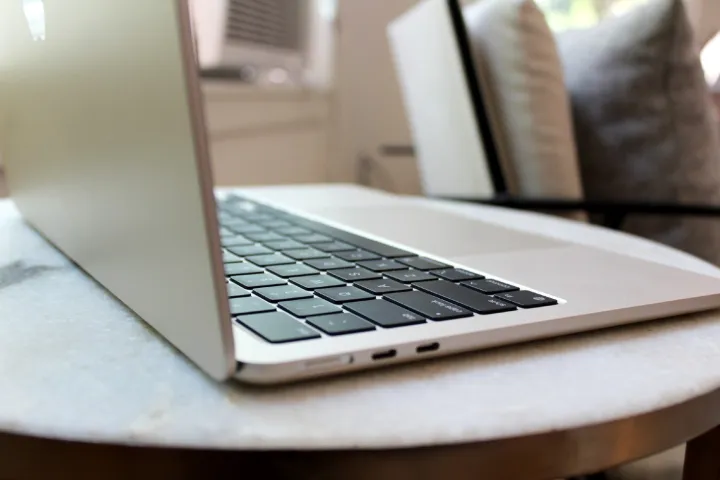
When deciding between these two laptops, most people will defer to whichever operating system they’re more comfortable with. And in both cases, you’re getting an excellent, high-end laptop.
As much as I like the boldness of the XPS 13 Plus’ design, if you really want to compare them side by side, the MacBook Air M2 is clearly the better laptop. It’s faster, lasts significantly longer on a charge, and even offers a far better video conferencing and media experience. Interestingly enough, the two laptops are also similarly priced, depending on the configuration.
